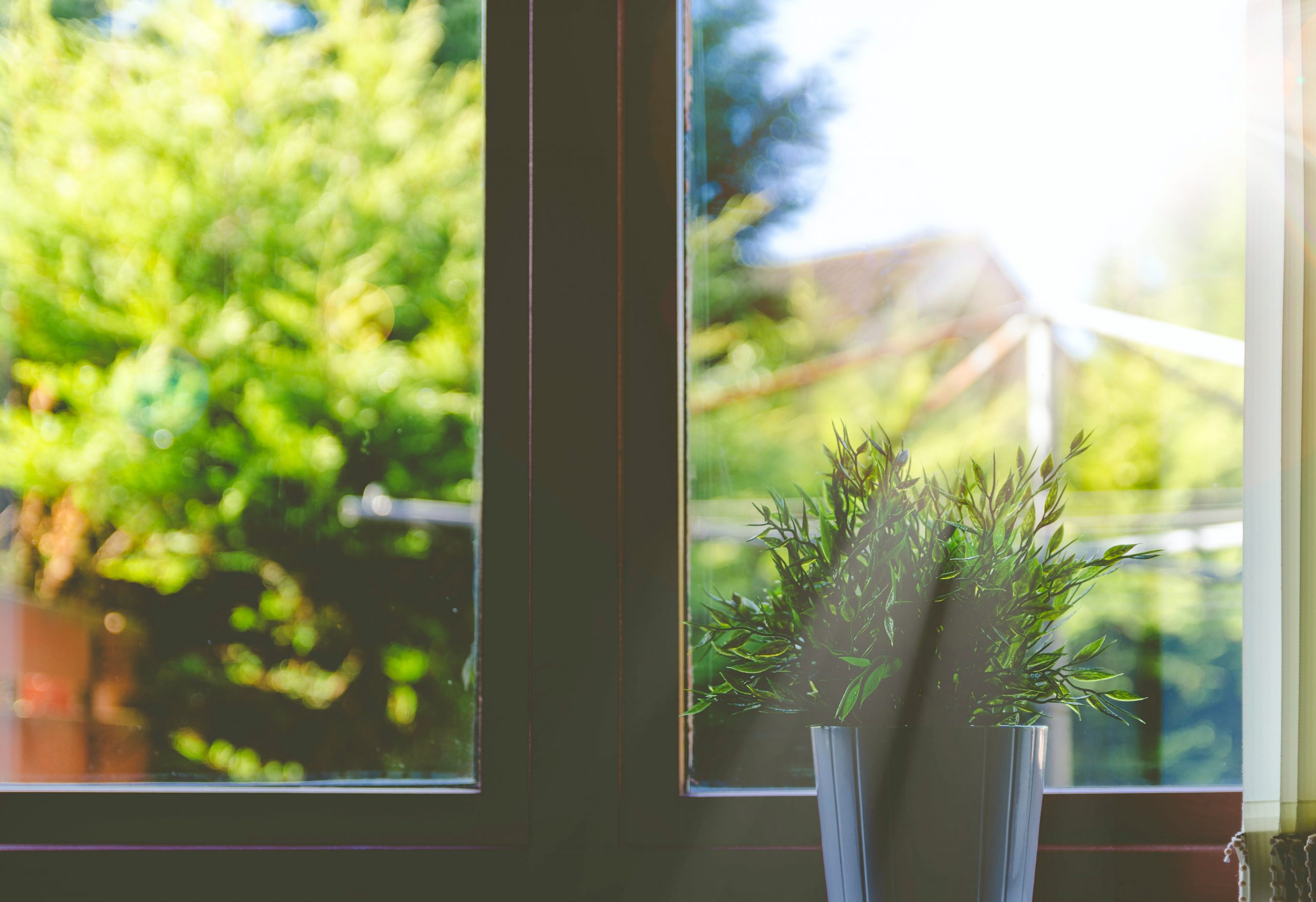
The Environmental Protection Agency (EPA) has warned that the air quality of many American homes is two to five times worse than the air outside. Some of the biggest culprits causing poor air quality include formaldehyde (a colorless gas present in some paints, sealants and solid or pressed wood floors), radon (which can be found beneath your home in bedrock and other building materials), biological pollutants such as mold, space heaters and fireplaces, synthetic fragrances, fumes from paraffin candles and harsh cleaning products like bleach. Ensuring your air quality is optimal is a multifaceted process that should include the following steps.
Choose The Right Filter
The EPA recommends that homeowners use filters with a rating of MERV 13 or higher to ensure fine particle removal efficiency is optimal. The good news is that most quality filters contain top ratings, and you can find a discount for air filters at certain times of the year. The quality of installation is another key factor. The EPA states that “if the filter is not snugly-fitted into the filter slot, or if the air velocity through the filter is not ideal.” Filters also need to be regularly maintained because as time passes, they can become clogged, and therefore become far less effective at removing fine particles from the indoor environment.
Look For Portable Air Purifiers
The EPA also recommends using portable air cleaners with a high clean air delivery rate (CADR). The agency additionally suggests that homeowners check out the Association of Home Appliance Manufacturers (AHAM) guidelines, which provide ratings and certifications for particle removal by different machines. You should also ensure that the purifier you choose is powerful enough for the area you need to cover. If your ceiling is higher than eight feet, you may need a larger unit (or various units in operation at once) to achieve your aim. HEPA filters are a good place to start, as they can filter particles as tiny as 0.3 microns.
Switch To Natural Cleaning Methods
Instead of using toxic products for your regular cleaning, try switching to a fully natural method, such as steam vacuuming. This method can kill a vast majority of surface germs using only water. You can also use DIY cleaning products or certified eco-friendly cleaning products like Thieves, which is based around a blend of antibacterial essential oils.
Replace Furniture At Home
Everyday furniture pieces such as sofas may contain flame retardants (which have been found to have various effects on human health – including delaying puberty, hormonal disruption and reduced IQ levels in children). Homes with significant amounts of new pressed wood products can also have unhealthy levels of formaldehyde in the air. If you can, slowly consider replacing pressed wood items with furnishings primarily made with organic and natural materials. For instance, for flooring, just a few eco friendly materials include sustainable bamboo or cork, affixed with a low-toxin adhesive. For paint, opt for all-natural milk paints. For countertops, consider recycled glass, reclaimed wood or bamboo. Finally, untreated fabric and foam work best for soft furnishings.
Improving air quality is possible, but you may need to achieve it step by step. Try to start with major changes such as improved ventilation and filtration. Consider improving air with portable HEPA filters, ensuring that these are powerful enough for the area you are targeting. Finally, consider slowly replacing furniture with more sustainable versions to avoid exposure to toxic micro-particles and compounds
